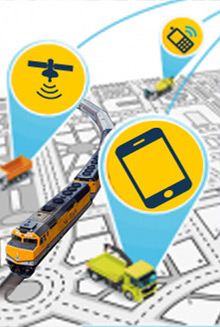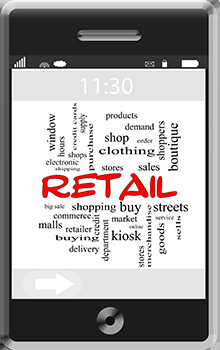As enterprises adopt digital technologies such as mobile applications, business analytics and insights, social media, and cloud applications, there is a transformation happening in the way business is being done. One example is the need for digital consumer engagement – since every consumer today is a digital consumer: armed with a smartphone or tablet, familiar with mobile applications, willing to adopt cloud services, and generating enormous amounts of content that can provide valuable insights. Digital Consumer Engagement transforms marketing from a business to consumer (B2C), one way, communication oriented paradigm to a two way, consumer to business (C2B), dialogue oriented paradigm.
In this article, we take a look at the Travel industry.
One interesting aspect about the travel industry, especially holiday destination providers, is the focus on customer experience while the customer is on the holiday, at the destination. During the stay at the resort, the customer usually gets VIP treatment and the provider does everything possible to ensure that the customer has a memorable experience. The problem is that this provider – customer relationship lasts for about the duration of the holiday. Before and after that, there is very little interaction between the provider and the traveler. To summarize: The annual scenario with every customer is typically one week of very high engagement and 51 weeks of very little or no engagement.
This leads to some interesting business problems, here are a couple of examples.
1. Skewed Demand: With very little continuous engagement, there is likely to be lower awareness of some holiday destinations, and too much demand for some others. The net result is customer unhappiness if bookings are unavailable and very low occupancy in some other lesser known destinations.
2. Limited referrals: Since the window of high engagement and high customer satisfaction is mainly when the customer is at the resort, the time to ask for referrals is only then – which is usually around a week during the year. The desired scenario would be to have an ability to keep customers engaged on a regular basis, so that requests for referrals can be made at other times as well. An ability to identify brand influencers and advocates would have been a game changer.
Enterprises are trying to address the need for digital consumer engagement by moving to digital and social media. For example, a lot of Travel & Hospitality players now have a well- established presence on platforms such as Facebook, Twitter and YouTube. These digital platforms can help create awareness, build a following, and achieve basic ‘listening’ abilities. However, they are not the best platforms for deep and sustained engagements (two way dialogues) with consumers and provide little or no ability to encourage brand advocacy. Insights available from such platforms also have limitations – since such insights need to be derived from unstructured consumer content in the public domain.
What’s really needed is a way to have sustained engagement with closed groups of customers, get structured data that is easier to analyze, encourage customers to become brand ambassadors, and have the ability to translate the data collected into business metrics related to brand sentiment, loyalty and advocacy. This can be easily accomplished – would you like to know how?
Related Video

Shantanu is a former Happiest Mind and this content was created and published during his tenure.







